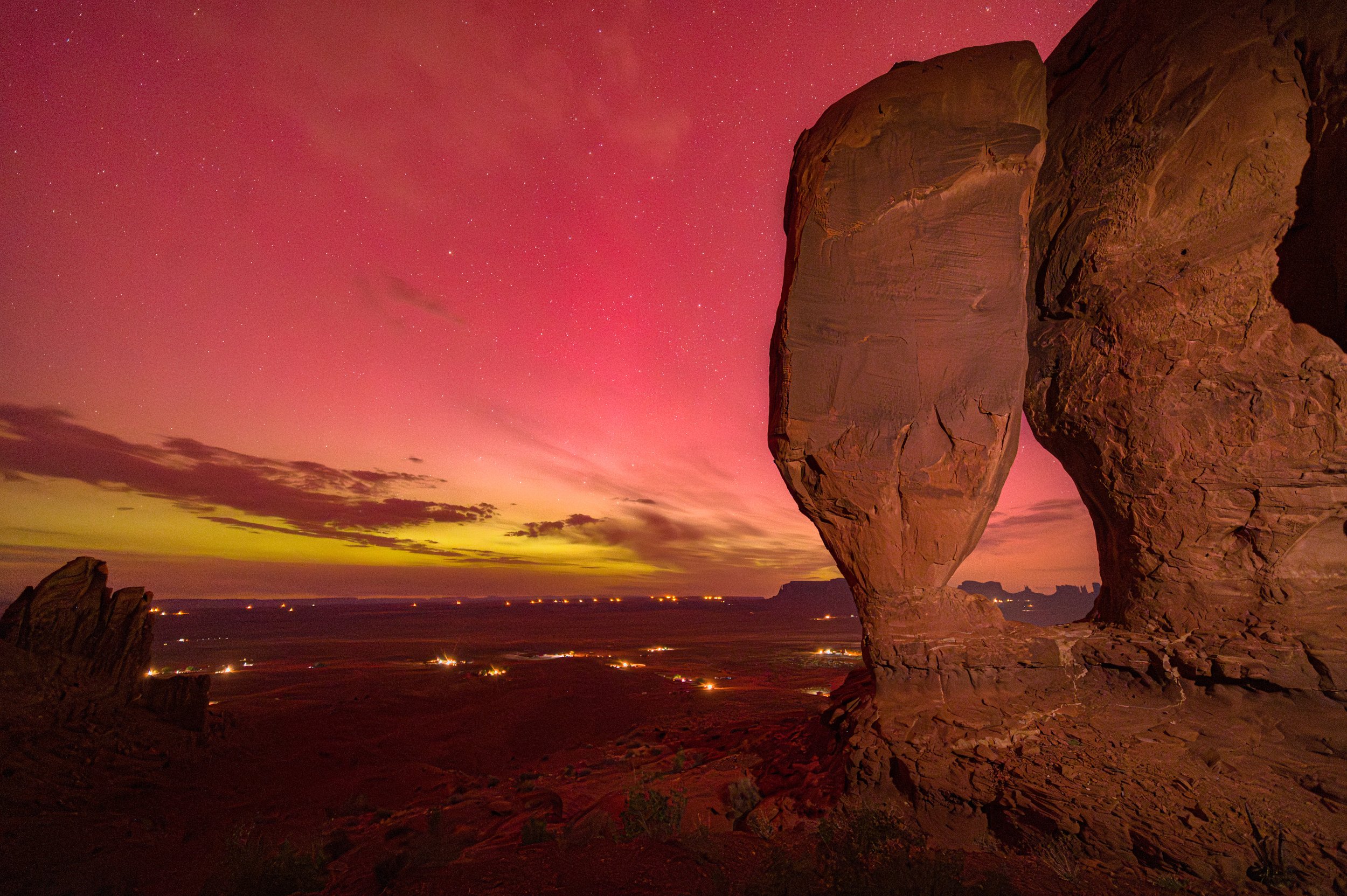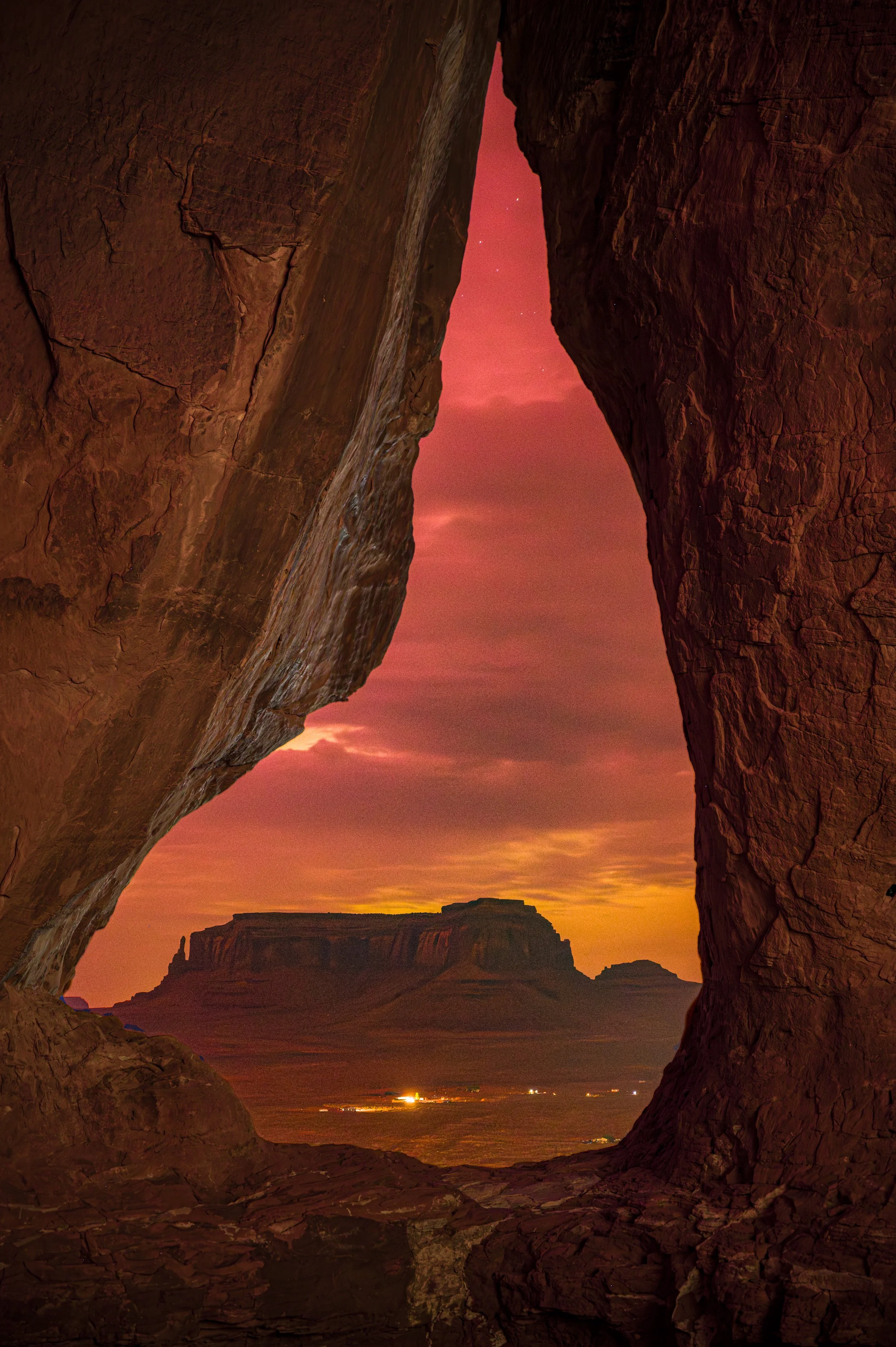Late afternoon looking north by northwest from just outside Great Sand Dunes National Park. © Matt Hill
Three years ago I visited Colorado's Great Sand Dunes National Park & Preserve. I was on a month's vacation from the day job, having just earned four weeks' vacation. Of course, I blew it all in one fell swoop. Who wouldn't?
During this "art sabbatical" I lived in Denver and worked on launching a dream project which is still evolving very well. While there, I decided to visit Great Sand Dunes solo and camp overnight.
It was a new moon. I was excited. I had dark skies, tall sand dunes and unlimited access overnight. I had three cameras, three tripods and I was ready to rock it. Hard.
But I didn't plan well. Chalk it up to being on vacation or my naive belief that I can make anything work. It was foolish. Here were my mistakes:
Cardinal sin: No daylight scouting prior to committing.
I didn't research just how dark it is during a new moon in that location. (Hint: It's so dark you can't see you hand in front of your face.)
I brought too much gear to go get the best shot, and was aiming for star trails on a night with absolutely no fore- or mid-ground lighting from the sky or moon.
I didn't think about how darn hot it is in July.
Let's break down how to solve for all these mistakes when I (or you!) next visit:
Taken a couple hours after sunrise, this is looking north from just outside the park. Notice the shadows on the dunes. © Matt Hill
Daylight scouting:
I have achieved this now. And I came back with my wife a couple weeks later with this in mind.
Planning for moon phase:
I will aim for a three-night shoot next time that is mid-moon, for some hours of darkness and some hours of moonlight. Those shadows illuminating the beautiful shapes of the sand dunes and not-so-distant mountains is crucial to capturing the uniqueness of that particular landscape.
This is my favorite shot from the night. Six 3-minute exposures stacked (totaling 18 minutes) of four gals hiking down from the dunes after dark with headlamps and flashlights. But the lack of shadows on the dunes is disappointing. © Matt Hill
Getting the best shot:
The ideal spot is from the top of the first or second set of dunes. That requires quite laborious ascent in sand. At altitude. That means for that evening, pack light with one kit, lots of water and knowing there will be about a mile or two of sand hiking.
Facing south you see the obvious light pollution form the nearest town. 3-minute exposure at f/4 ISO 800. © Matt Hill
Heat in summer:
Chances are I won't visit Great Sand Dunes in the dead of summer again, but there are mighty pretty Milky Way shots at that time. The problem is that you have to be on the north side of the dunes and the best view is from the campsite which is south and a touch east. Permit access is available to the north side, but that requires special transportation. So a northern view is the easiest. Packing out and camping amid the dunes is another option, but again, sand hiking is much more strenuous than one might think.
24-minute single (noisy) digital exposure at f/5.6 ISO 400 facing north from the river basin near the campground. © Matt Hill
Moving on, the heat affects your maximum exposure length with digital sensors. It adversely limits your ability to dilate time. It almost pushes you strictly toward Milky Way shots. And since geography mostly makes you shoot north, I have to balance limitations with creating photographs worth making.
Toyo VX125 4x5" camera ripping a 3-hour exposure at f/8. © Matt Hill
I brought a 4x5" and 6x7cm camera, but those typically have lenses that are fastest at f/4.5 and f/8. Not good for star points, even if 6400 ISO film were available. ;-) So making long exposures is the other option: Let it rip for hours! But without moonlight, the star trails have no context. Without context, you have a boring photograph.
Here is the resulting 4x5 image, which I liked so little that I haven't even spotted it for dust:
In abstract, an interesting image, but not my my intent. © Matt Hill
We certainly learn most from our mistakes and not our successes. I hope my takeaways from this experience help you—they certainly have helped me. Their positive effect on future shoots was resounding.
One of my favorite photos from the Great Sand Dunes excursion. © Matt Hill












